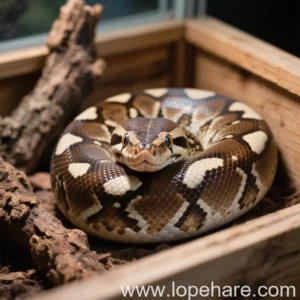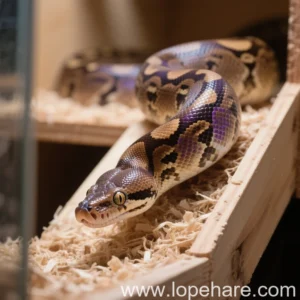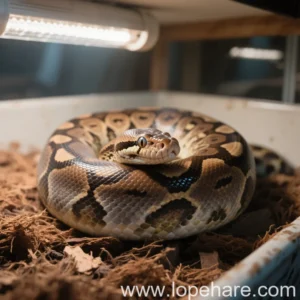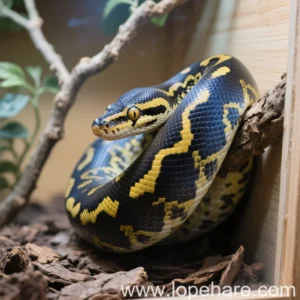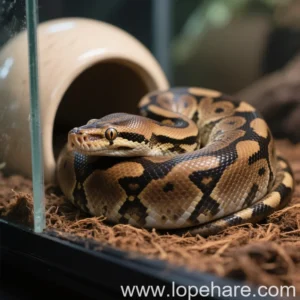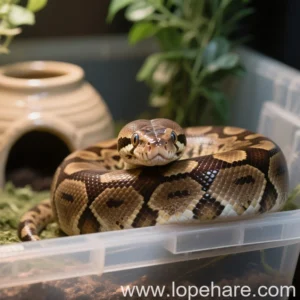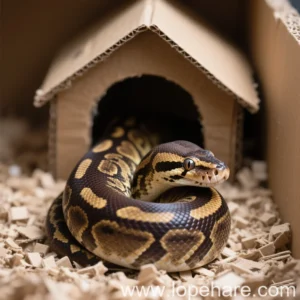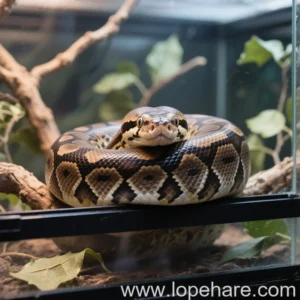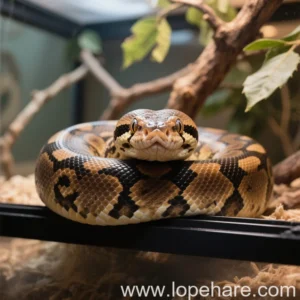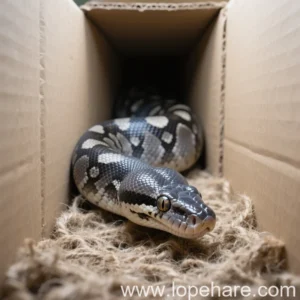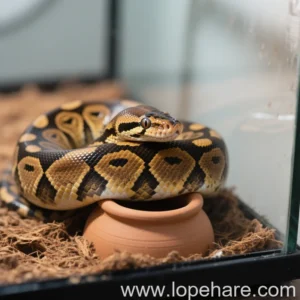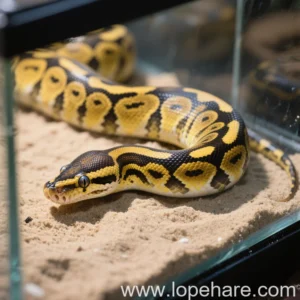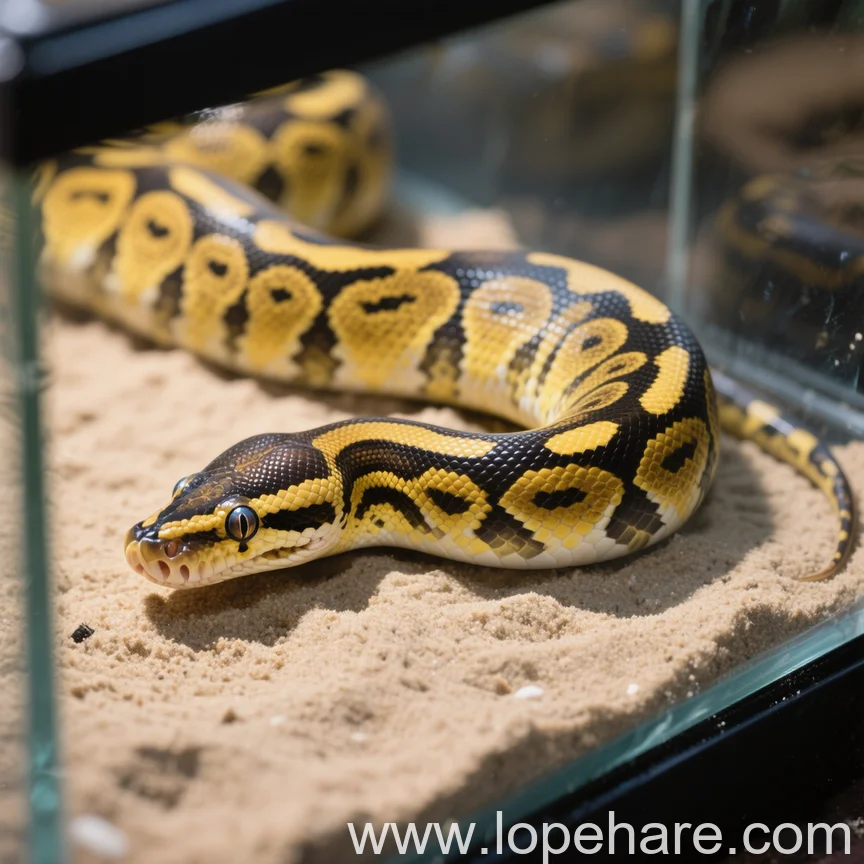
Reptile Breeding
Ball Python Breeding Costs: What to Expect Before Starting a Clutch
At lopehare, we’re passionate about helping small pet enthusiasts, especially in niche areas like reptile keeping and breeding. When considering ball python breeding, many prospective breeders focus on the potential offspring but often underestimate the significant financial investment required. This isn’t a get-rich-quick scheme; it’s a commitment that involves considerable upfront costs and ongoing expenses before you ever see a return. Let’s break down the true cost of breeding ball pythons.
Introduction: Beyond the Basics
Ball pythons (Python regius) are popular pets due to their relatively docile nature and wide variety of morphs. This popularity fuels interest in breeding. However, moving from keeping a pet ball python to breeding requires a fundamental shift in mindset and a substantial upgrade in equipment and commitment. You’re not just providing for one or two animals; you’re creating an environment suitable for reproduction, incubation, and eventually, the care of multiple hatchlings. Understanding the comprehensive cost of breeding ball pythons is crucial before you start.
Initial Setup Investment
To even consider breeding, you need suitable, separate housing for your potential breeding adults and later, for the hatchlings. Rack systems are common for breeders due to space efficiency and ease of maintenance, but they represent a significant initial cost.
- Housing: Multiple enclosures (tubs or tanks) with secure lids for adults and separate tubs for hatchlings. A rack system for adults can range from $300 to over $1000+, depending on size and quality. Hatchling racks are smaller but also add expense.
- Heating: Heat tape or cables with thermostats for precise temperature control. This is non-negotiable for safety and successful breeding. A proportional thermostat is recommended for better control, adding to the cost. Budget $100-$300+ for heating and reliable thermostats.
- Monitoring: Digital thermometers/hygrometers for every enclosure. Accurate readings are vital.
- Substrate: Suitable bedding for adults.
- Hides & Water Bowls: Providing appropriate hides and fresh water dishes for each snake.
- Cleaning Supplies: Disinfectants, paper towels, gloves, etc.
Realistically, setting up just the housing and environmental controls for a small breeding project (e.g., 1 male, 2 females) plus space for hatchlings can easily run into the $800 – $2000+ range, especially if starting from scratch.
Acquiring the Breeding Pair
This is often the most variable and potentially highest upfront cost. The price of ball pythons depends heavily on their genetics (morphs) and lineage.
- Genetic Quality: A normal (wild-type) ball python might cost $30-$50, but a single high-end morph male or female with desirable genetics for breeding can cost hundreds, even thousands, of dollars.
- Health & Provenance: It’s critical to acquire healthy, well-started animals from reputable breeders to minimize health risks and ensure they are good candidates for breeding. Proven breeders (animals that have successfully reproduced before) often command a higher price.
- Minimum Needed: You need at least one male and one female, but having multiple females can increase the potential for clutches annually. Building a diverse collection of genetics over time is part of the long-term investment.
Simply purchasing a male and female capable of breeding could cost anywhere from $100 for basic morphs to $5000+ for specific genetic combinations. This is a significant barrier to entry for many.

Incubation Equipment Costs
Once a female lays eggs, you need a reliable incubator to ensure proper development. Ball python eggs require specific temperature and humidity.
- Incubator: Options range from DIY Styrofoam boxes with heat mats (less reliable) to dedicated reptile incubators ($200 – $800+). Consistency is key, so investing in a quality incubator with precise temperature control is highly recommended.
- Incubation Medium: Vermiculite or perlite mixed with water to the correct ratio to maintain humidity.
- Incubation Boxes: Deli cups or plastic containers with ventilation holes to hold the eggs within the incubator.
- Thermometer/Hygrometer: Separate, accurate gauges specifically for the incubator.
A basic incubation setup might be a couple hundred dollars, but a reliable, professional-grade incubator can cost significantly more.
Feeding the Neonates
Once the eggs hatch (typically after around 55-60 days at 88-90°F / 31-32°C) [1], you will have multiple hungry mouths to feed. Hatchling ball pythons typically start on appropriately sized rodents, often fuzzy or pup mice/rats.
- Feeder Rodents: Buying feeders in bulk is cheaper per item, but you’ll need storage (a dedicated freezer for frozen rodents). The cost adds up quickly when feeding a dozen or more hatchlings weekly.
- Feeding Frequency: Hatchlings eat more frequently than adults, typically weekly or every 5-7 days once they start feeding.
- Refusal to Feed: Some hatchlings can be finicky eaters, requiring different types or sizes of feeders, or even assisted feeding in some cases, adding complexity and potential cost if specialized feeders are needed.
Feeding a clutch of 8-10 hatchlings from hatching until they are sold (which could be several months) can easily cost $100-$300+ in feeder rodents alone, depending on local costs and quantity.
Potential Challenges & Unexpected Costs
Breeding isn’t always smooth. Problems can arise, leading to unexpected expenses.
- Veterinary Care: Reproductive issues, egg binding (dystocia), incubator malfunctions affecting eggs, or health problems in adults or hatchlings require a qualified reptile veterinarian. Vet bills for exotics are often higher than for dogs or cats. Emergency visits can be very costly.
- Failed Clutch/Eggs: Not every pairing results in eggs, not every egg is viable, and incubation problems can lead to failed clutches. This means the previous months of feeding and heating adults were an expense with no return.
- Hatchling Issues: Unhealthy hatchlings that won’t thrive or feed, genetic defects, or respiratory issues can occur, requiring vet intervention or resulting in losses.
- Marketing & Sales: Costs associated with advertising your snakes, attending reptile shows, shipping expenses (if selling online), and potentially setting up a website or social media presence.
This is where diligent husbandry and careful planning are crucial, but unexpected issues can still arise. It’s wise to have an emergency fund set aside.
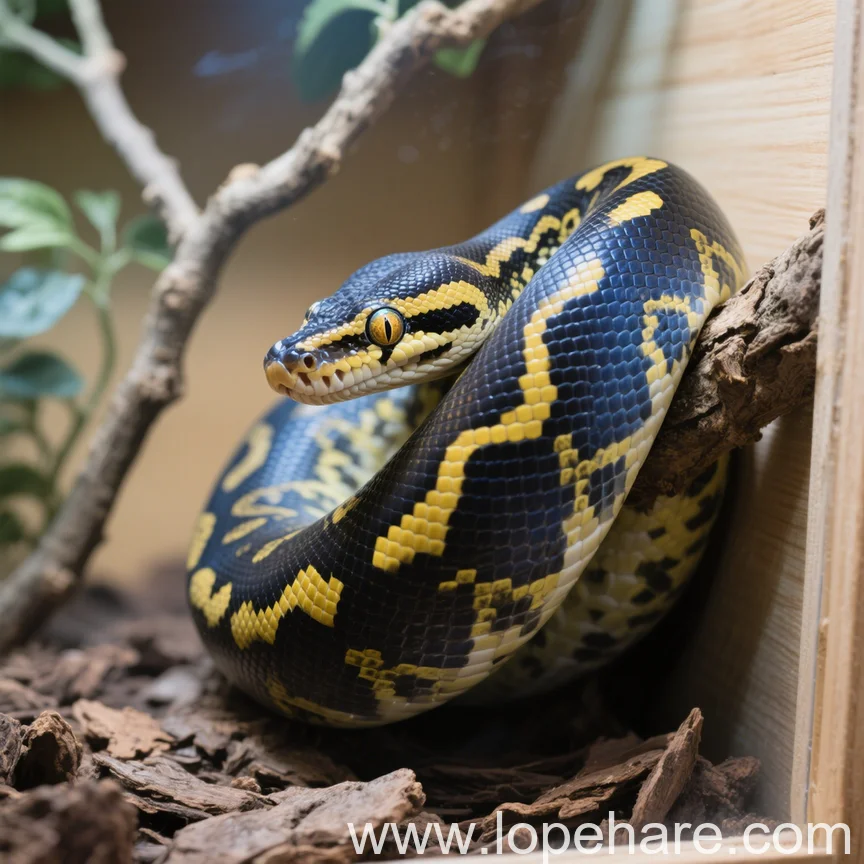
Is Ball Python Breeding Profitable?
For most small-scale breeders, it’s a labor of love that might eventually recoup costs or provide a small supplemental income, rather than a significant profit source. High-volume commercial breeders operate differently and have economies of scale.
- Return on Investment: It can take multiple clutches and years to recover the initial investment in racks, incubators, and breeding animals, especially if you are working with mid-range morphs.
- Market Value: The value of your hatchlings depends entirely on their genetics (morphs) and the current market demand. Market trends change.
- Time Investment: Don’t forget the value of your time! Daily checks, feeding, cleaning, pairing snakes, managing incubation, assisting hatchlings, marketing, and sales take many hours.
Consider Time as a Cost: The hours you dedicate to breeding are a significant investment, even if not a direct monetary cost. Be prepared for the time commitment involved.
Conclusion: The Full Picture
Starting a ball python breeding project involves substantial costs, including initial setup (hundreds to thousands), purchasing quality breeding stock (hundreds to potentially many thousands), incubation equipment (hundreds), ongoing feeding expenses (hundreds per clutch), and the possibility of significant unexpected veterinary bills.
At lopehare, our goal is to provide realistic and comprehensive information. Breeding ball pythons is a fascinating and rewarding experience for those truly dedicated, but it requires significant financial preparation, ongoing investment, and a deep commitment to the welfare of the animals. It’s vital to understand the true how much does ball python breeding cost reality before you dive in.
Cited from: [1]Wikipedia: Ball Python
